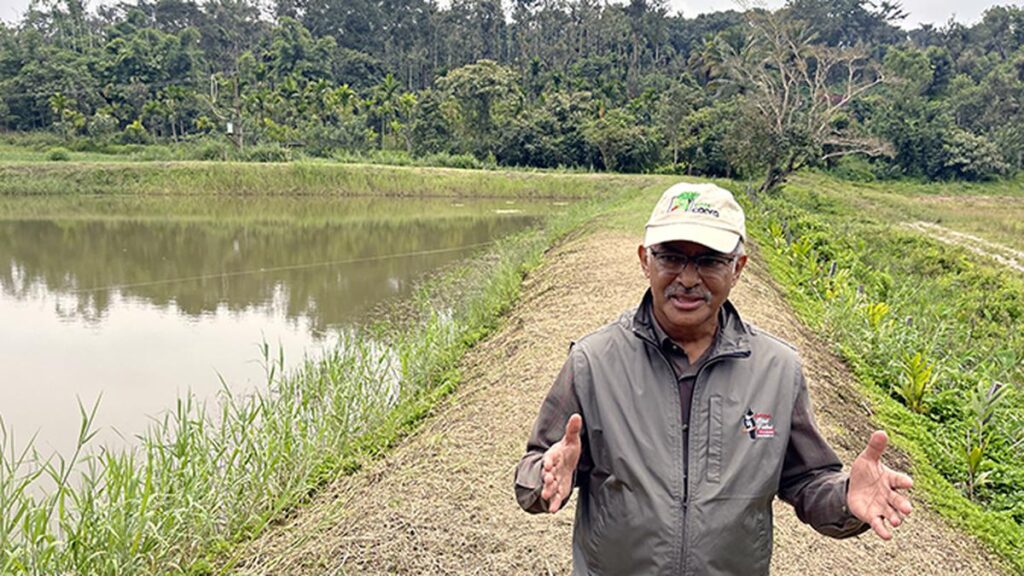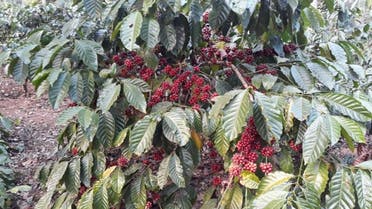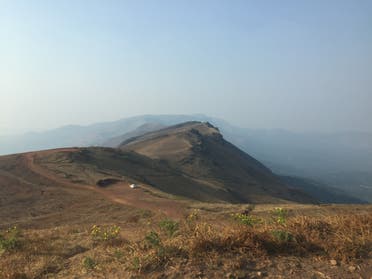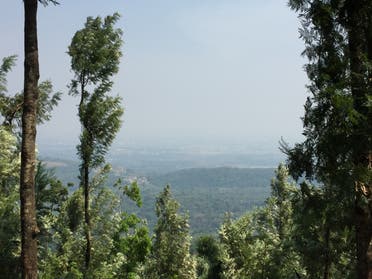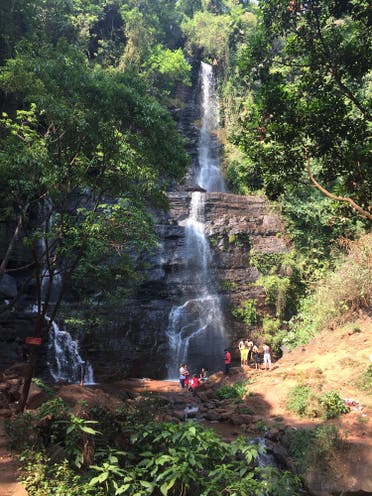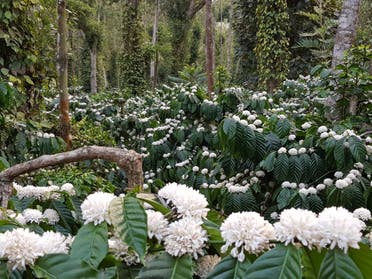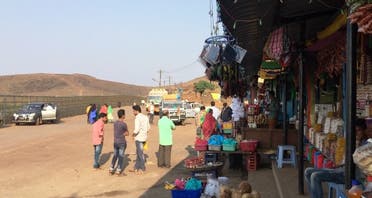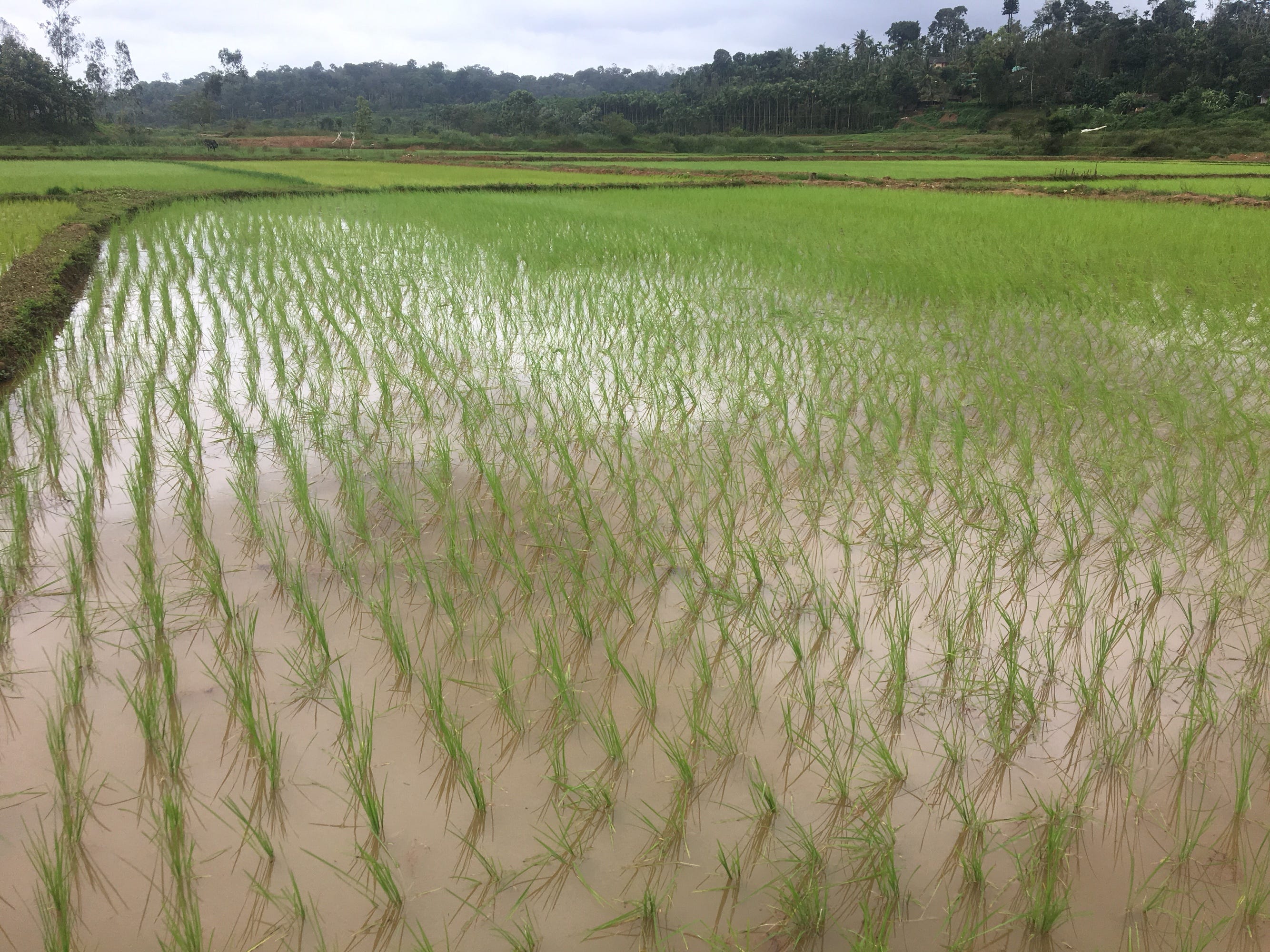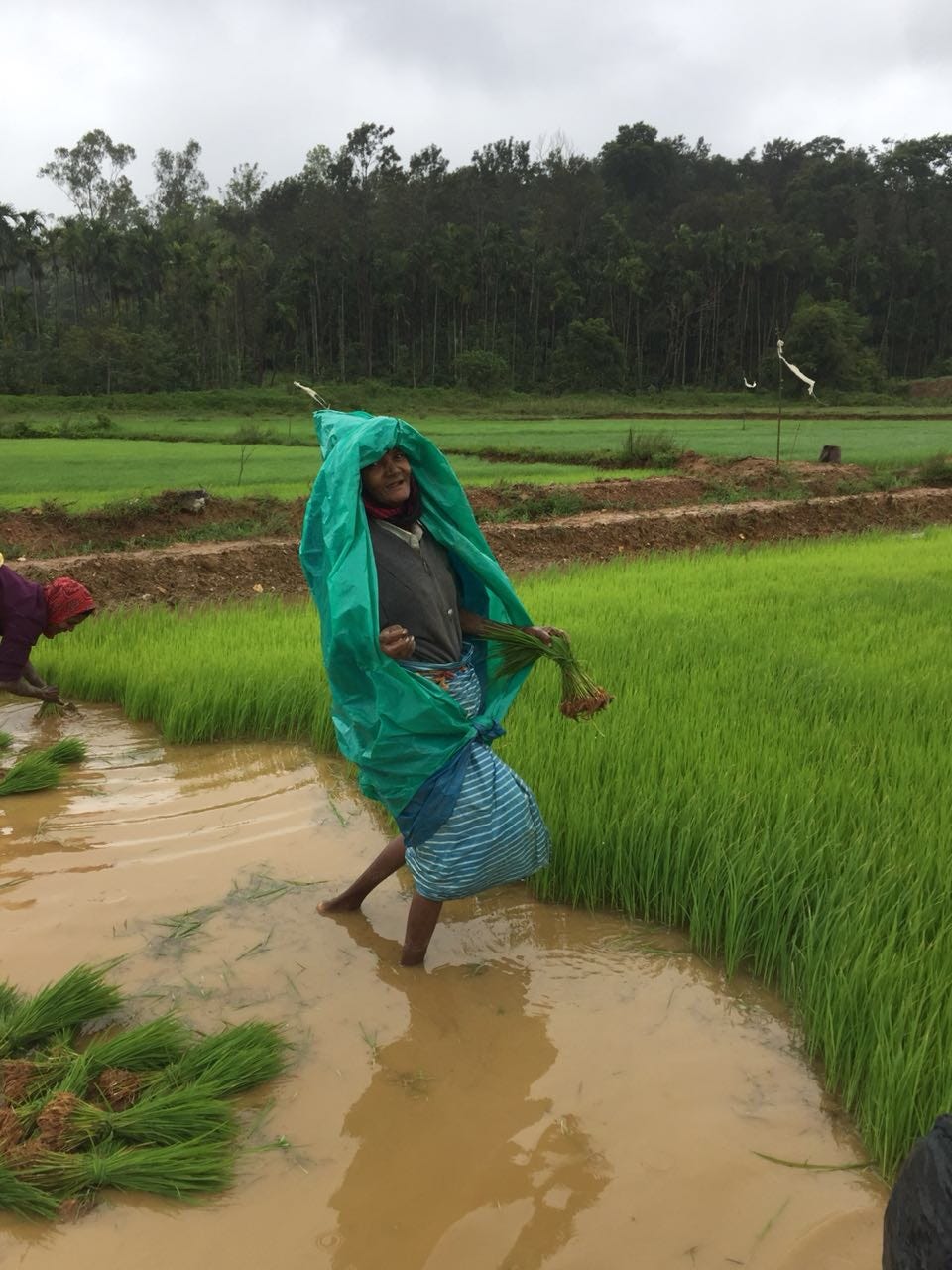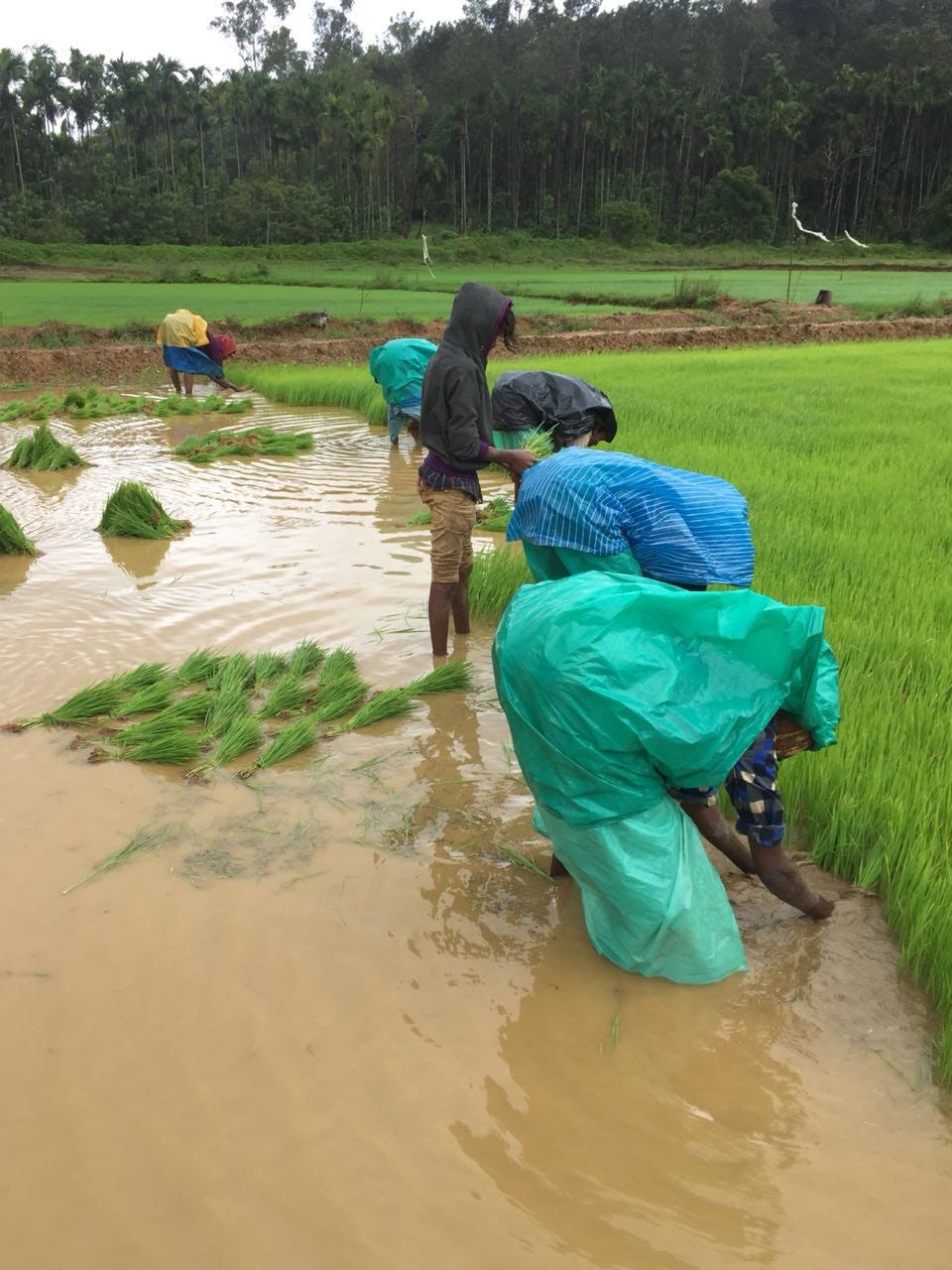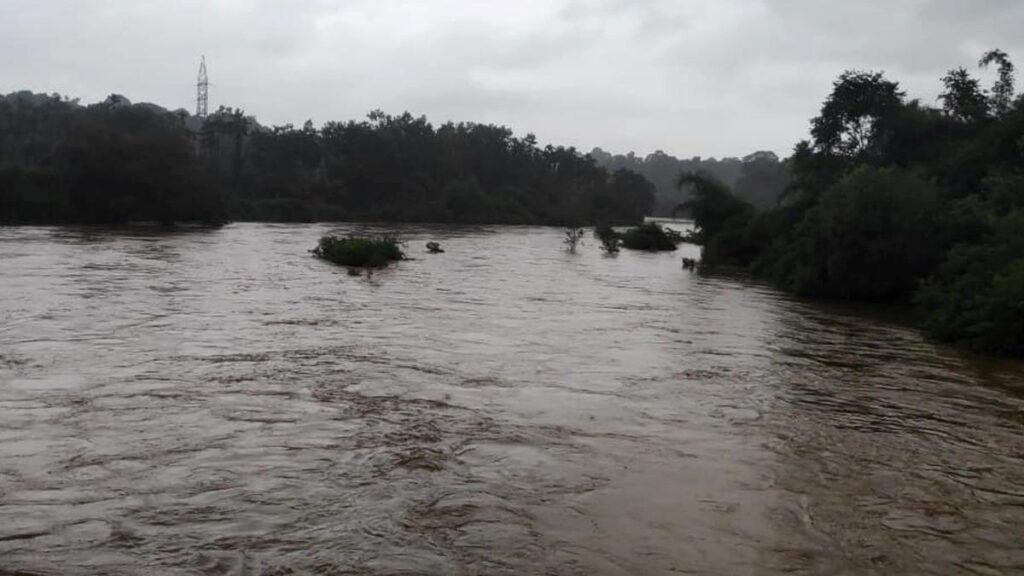Member of legislative assembly (MLA) and chief minister Siddarmaiah’s legal advisor, AS Ponnanna on Tuesday stated that possessing wildlife products with ancestral connections should not an offence.

Member of legislative assembly (MLA) and chief minister Siddarmaiah’s legal advisor, AS Ponnanna on Tuesday said that possessing wildlife products with ancestral connections should not be an offence.
Ponnanna’s statement came in reference to the stay order issued by the state high court in response to a notice served to Rajya Sabha member and actor Jaggesh by forest officials.’
Speaking to reporters in Madikeri on Tuesday, Ponnanna said that the forest ministry should instruct forest officers not to take any action against those who possess wildlife products until the high court delivers its verdict.
Ponnanna stressed the importance of recognising the cultural and historical significance of heritage items and expressed his belief that it is not appropriate to initiate legal proceedings against those who possess such items. “There is a need for forest officials to have a comprehensive understanding of the wildlife protection laws and urged the government to provide clear guidance to these officers,” he said.
The issue at hand pertains to the use of wildlife products traditionally employed by the people of Kodagu for generations. Ponnanna mentioned that he intends to meet with the chief minister and engage in discussions aimed at providing relief through the state government.
The ongoing legal actions taken by the forest department against individuals who possess wildlife products have instilled fear among hundreds of residents in Kodagu district. Given that the district is a hilly region known for its abundant wildlife and was once encouraged for hunting during the British colonial period, wildlife protection laws were only established in 1972. Prior to that, hundreds of landowners in Kodagu proudly displayed wildlife antlers and skins in their homes as a status symbol, he said.
In Kodagu, people showcased wildlife antlers and skins in their homes as a status symbol. “As I have possessed deer antlers for more than a century, I did not declare them with the forest department,” a coffee grower from Ponnampet in Kodagu told HT on condition of anonymity. He suggested that the state government should provide one more opportunity for individuals to declare their possession of wildlife products.
“The state government should act in accordance with the law. No concessions should be granted to anyone, nor should the possession of wildlife products be allowed,” wildlife expert KM Chinnappa told HT. He warned that if the government permits such practices, hunting could make a resurgence. Chinnappa emphasized the need to change our habits and strictly follow the law, which is enforced for the benefit of the people.
“We will not file suo moto cases or conduct checks in houses in Kodagu,” Madikeri DCF H Bhaskar told HT. He explained that the state government had previously given people a chance to declare their possession of wildlife products until 2003. Whether the state offers another chance for declaration or not, he added, it would be considered an offence.
source: http://www.hindustantimes.com / Hindustan Times / Home> News> Cities> Bengaluru News / by Coovrcolly Indresh, Mysuru / November 01st, 2023
